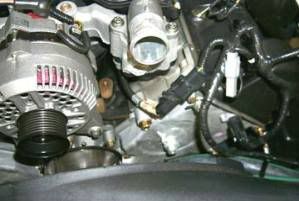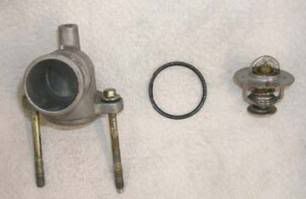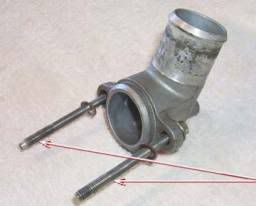DISCLAIMER: I FULLY ADMIT THAT I AM A BIG MORON
This morning, I noticed anti-freeze leaking from around the thermostat housing on my '97 Expedition 4.6L. I think I put the thermostat o-ring in wrong when I replaced the thermostat a couple months ago.
Simple question; On the '97-02 Expedition/Navigator/F-150, can someone tell me EXACTLY where & how to install the thermostat o-ring? I need advice from someone who is familiar with the '97-'02 Ford 4.6/5.4L engines.
My Haynes Expedition/F-150 repair manual is very un-clear on the o-ring placement, since it covers the V6 & V8 models of the F-150.
Thanks in advance for helping me to correct my stupid mistakes.
This morning, I noticed anti-freeze leaking from around the thermostat housing on my '97 Expedition 4.6L. I think I put the thermostat o-ring in wrong when I replaced the thermostat a couple months ago.
Simple question; On the '97-02 Expedition/Navigator/F-150, can someone tell me EXACTLY where & how to install the thermostat o-ring? I need advice from someone who is familiar with the '97-'02 Ford 4.6/5.4L engines.
My Haynes Expedition/F-150 repair manual is very un-clear on the o-ring placement, since it covers the V6 & V8 models of the F-150.
Thanks in advance for helping me to correct my stupid mistakes.




